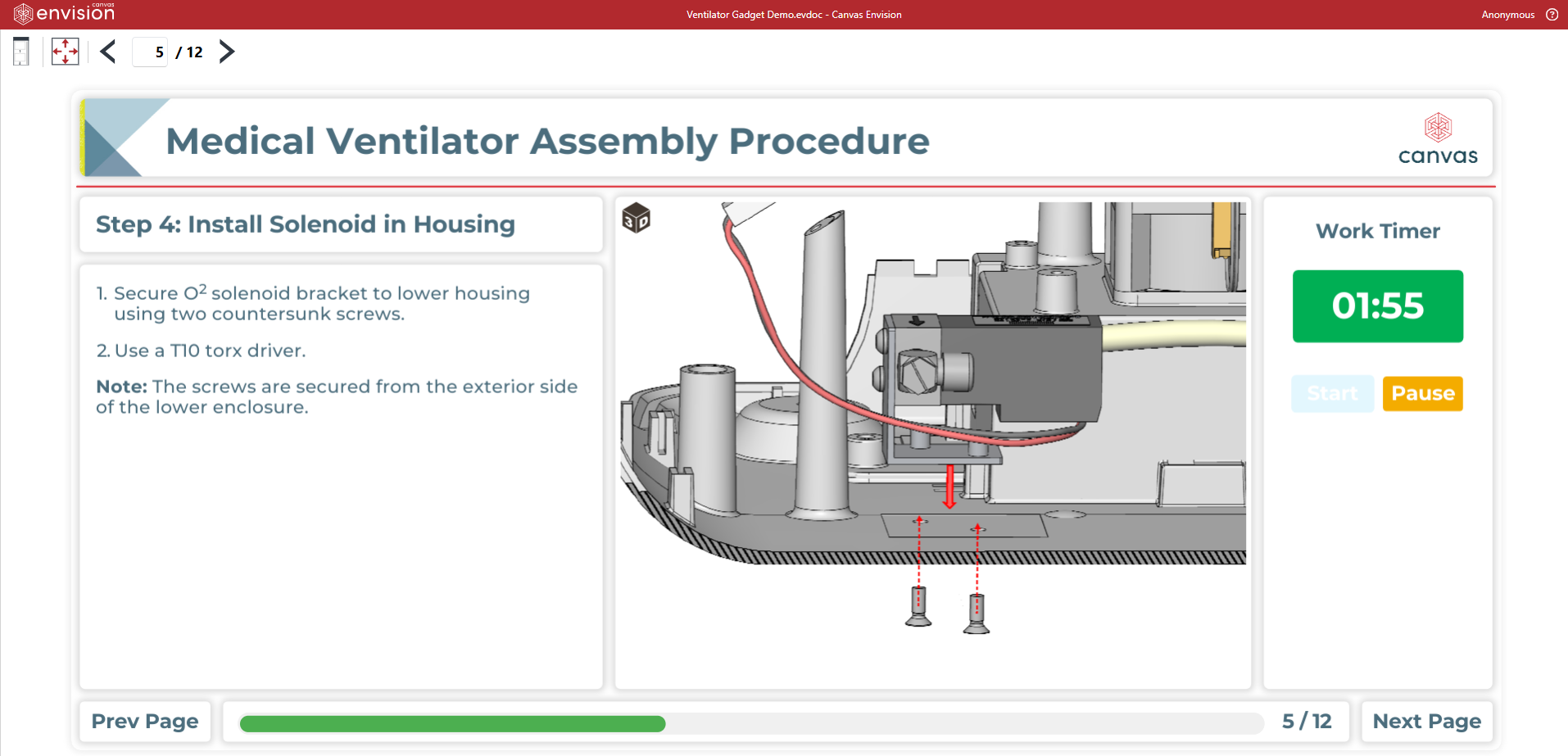By all projections, the manufacturing sector is set to undergo an incredible transformation over the remainder of the decade.
According to a recent white paper by the Manufacturing Leadership Council, up to 65% of the job roles that will exist in 2030 do not exist yet today.
Just think about that: Not only are we going to have to enlist and train up an entire New Manufacturing Workforce in the next few years, to manage the widely publicized skills gap that shows no sign of having been resolved by 2030, but we’ll be training this workforce for positions that have yet to even be defined.
How can the sector prepare its people to succeed in the future, when we’re still not quite sure what that sector is going to look like?
Widescale digital transformation
Of course, we can make some fairly solid guesses by analyzing trend forecasts. We know, for example, that many of these new positions will be directly linked to increasingly widescale digital transformation. It’s estimated that as many as 165 brand new digitally-orientated roles will emerge in the sector in the coming years. These include positions like “Lifecycle Digital Twin Architect” or “Digital Thread Engineer”, amongst others.
The industry is already thinking about this: Three-quarters of manufacturers are urgently focused on upskilling their current workforce to get them ready for the implementation of new digital technologies.
83.9% of respondents to another 2023 MLC survey believe that digital adoption will accelerate exponentially over the next decade, and most believe that upskilling existing workers is the best way to not only manage these changes, but also to take full advantage of them to achieve greater speed, flexibility and competitiveness by 2030.
Upskill existing workers
This focus on upskilling the current workforce makes sense to me.
In reality, while the shop floor may well have undergone significant change by 2035, it is existing workers and those who will be recruited during the rest of this decade who will be working on it. These teams are going to straddle these changes, and they’re going to have to adapt quickly and efficiently to the introduction of radically new technologies and ways of working – some of which none of us have ever seen before.
Because here’s the scoop: whatever changes are coming for the manufacturing industry, by all accounts, they’re going to be rapid, widespread and high impact. Whether it be hyper-automation, broad uptake of digital twin tech, robot-assisted assembly lines, IoT-connected operations, AI-operated factories, AR and VR tech for assembly and MRO, or all of the above and beyond; what we’re looking at is greater complexity – on the shop floor, out in the field, in every phase of the product lifecycle.
Equip teams to thrive amid complexity
We need to make sure we give our people, current and future, the support they need to not only navigate this greater complexity, but to thrive within it. We need to equip them to keep pace with the transformative change to come.
While many of the jobs of the manufacturing future may not yet have been defined, the industry can ill-afford to take a wait-and-see approach to changing and modernizing its approach to training both new and existing workers. The time to embrace new methods is now, because it prepares the ground for the even greater change to come.
Traditional training methods won't cut it
Traditional training methods in manufacturing organizations typically involve either job-shadowing – where a learner observes a more experienced worker – or classroom scenarios which depend on passive learning and text-heavy manuals and documents.
Job shadowing is the richer experience for the learner, but has two important drawbacks: First, it takes experienced workers away from their principal (and most productive) responsibilities; and, second, it risks the learner being exposed to any non-standard workarounds which may have evolved among the experienced workforce.
The challenges associated with classroom learning, on the other hand, are familiar to most of us. It’s difficult to gauge attention and knowledge retention in a room full of trainees, particularly when there is no ‘hands-on’ element to the training. Moreover, younger generations of workers are less comfortable with textbooks and written learning, particularly where there is a diversity of language skills.
Training for tomorrow
So an ideal training paradigm for U.S. manufacturing today – conceived to ensure that an organization is best prepared for what is coming tomorrow – is one that:
- Offers an engaging, experiential learning experience
- Minimizes disruption to primary operations
- Ensures undocumented ‘workarounds’ are kept out of the learning process
- Meets the needs of a diverse and digital-native workforce
- Ensures maximum clarity and knowledge retention
- Is easy to introduce and integrate
Let me ask you this: do you feel your learning and training operations are ticking all those boxes right now? And how well are you set up to see them evolve as they will need to during the rest of the decade?




